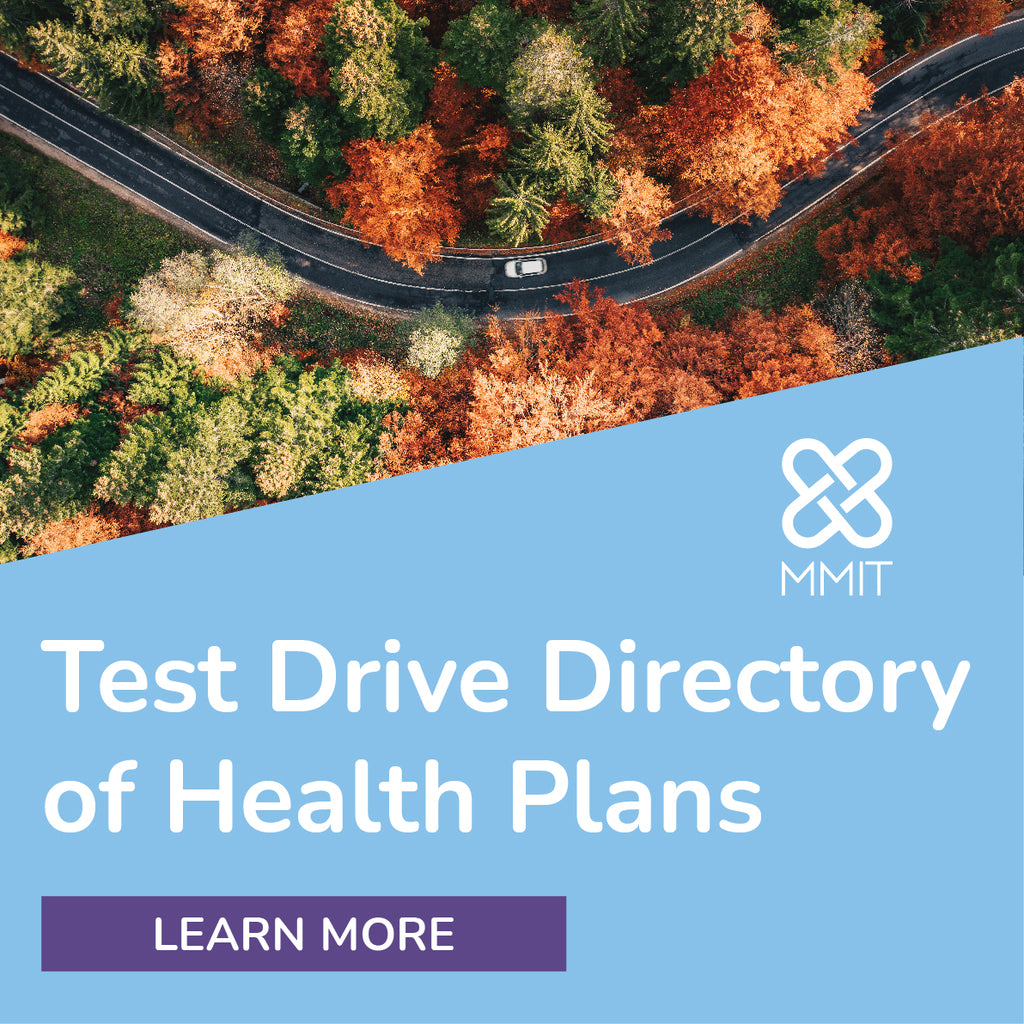Radar on Drug Benefits
-
‘Not a Good Look’: Premiums Could Jump If Trump’s CMS Drops Part D Demo
If the Senate confirms them as the next leaders of CMS and HHS, Mehmet Oz, M.D., and Robert F. Kennedy Jr. will quickly be faced with a Catch-22 concerning the Medicare Part D program. Namely, they and their staffs must decide whether to extend a Biden administration-created program that has both garnered withering criticism from Republicans and helped ensure that 2025 premiums for stand-alone Prescription Drug Plans (PDPs) wouldn’t leave seniors with sticker shock.
The program in question is the Part D Premium Stabilization Demonstration, which CMS under President Joe Biden debuted in July. For PDPs opting into the program, CMS applied a $15 reduction to the Part D base beneficiary premium, which helps calculate plan-specific basic premiums. It also placed a $35 limit on participating PDPs’ plan-specific year-over-year premium increases, and it adjusted risk corridors to allow greater government risk sharing for potential losses experienced by PDPs.

-
MA-PD Deductibles Up, PDP Options Down Amid Big Policy Changes in 2025
Policy changes to the Medicare Part D benefit that were included in the Inflation Reduction Act, namely a $2,000 out-of-pocket drug costs cap, will lead to lower out-of-pocket spending for some Part D enrollees but higher costs for Part D plans overall in 2025, according to a KFF analysis.
Six in 10 enrollees in Medicare Advantage Prescription Drug (MA-PD) plans will be in a plan that charges a deductible for drug coverage if they stay in their current plan, compared with just 21% in 2024. The average drug deductible charged by MA-PD plans will increase four-fold from $59 in 2024 to $225 in 2025. In addition, a larger share of MA-PD enrollees will be in plans charging coinsurance rather than flat copayments for preferred brands and nonpreferred drugs: 28% will be required to pay coinsurance for preferred brands versus 2% in 2024, and 57% will face coinsurance for nonpreferred drugs versus 11% in 2024.

-
Struggling With Adoption, Sickle Cell Gene Therapy Manufacturers Embrace CMS Model
Manufacturers of two high-cost gene therapies for sickle cell disease recently agreed to participate in CMS’s Cell and Gene Therapy Access Model, which is set to launch next year. The deals could allow the companies to more widely market their treatments and improve access for Medicaid beneficiaries, although it remains to be seen how many states will choose to participate in the voluntary model.
CMS said in a Dec. 4 press release that it is seeking to have state Medicaid agencies join the model via an application process that runs through the end of February. The agency will then strike outcomes-based agreements (OBAs) with Vertex Pharmaceuticals Inc. and CRISPR Therapeutics, the manufacturers of Casgevy (exagamglogene autotemcel), and Bluebird Bio Inc., the manufacturer of Lyfgenia (lovotibeglogene autotemcel). Casgevy and Lyfgenia were both approved on Dec. 8, 2023, to treat sickle cell disease, a genetic blood disorder that is primarily found in Black people. States that choose to participate have until Jan. 1, 2026, to implement the model, which will run for six years. Patients will be followed for five years to track outcomes.

-
As Pharmacy Closures Mount, PBMs Tout Programs That Aid Independents
Between 2010 and 2021, 29.4% of pharmacies nationwide closed, leaving people in rural and underserved communities with less access to care, according to a recent study in Health Affairs. Independent pharmacies are most at risk, with a 39.8% chance of closing vs. a 21.9% closure risk for chain pharmacies. Locations in rural, urban, low-income, Black and Latino neighborhoods are also at great risk.
While some stakeholders blame major PBMs for the pharmacies’ woes, those firms have recently been creating programs and increasing reimbursements to help shore up at-risk pharmacies.

-
Here’s What You May Have Missed in the Biden Admin’s Last Part D Rule
Although the provision aimed at broadening coverage of anti-obesity medications garnered the most attention, the Biden administration’s last Medicare Advantage and Part D rule was full of notable proposals for the health insurance industry to unpack. For those in the prescription drug benefits space, there are certain under-the-radar passages that are particularly worth reviewing.
In one of those passages, CMS described several “reports, actions and findings” that indicate Part D plans are excluding generic or biosimilar drugs from their formularies or placing them on higher tiers as pricier branded drugs. In response, the agency said it plans to “include an additional step in the formulary review process to check that Part D sponsors provide broad access to generics, biosimilars, and other lower cost drugs.”












